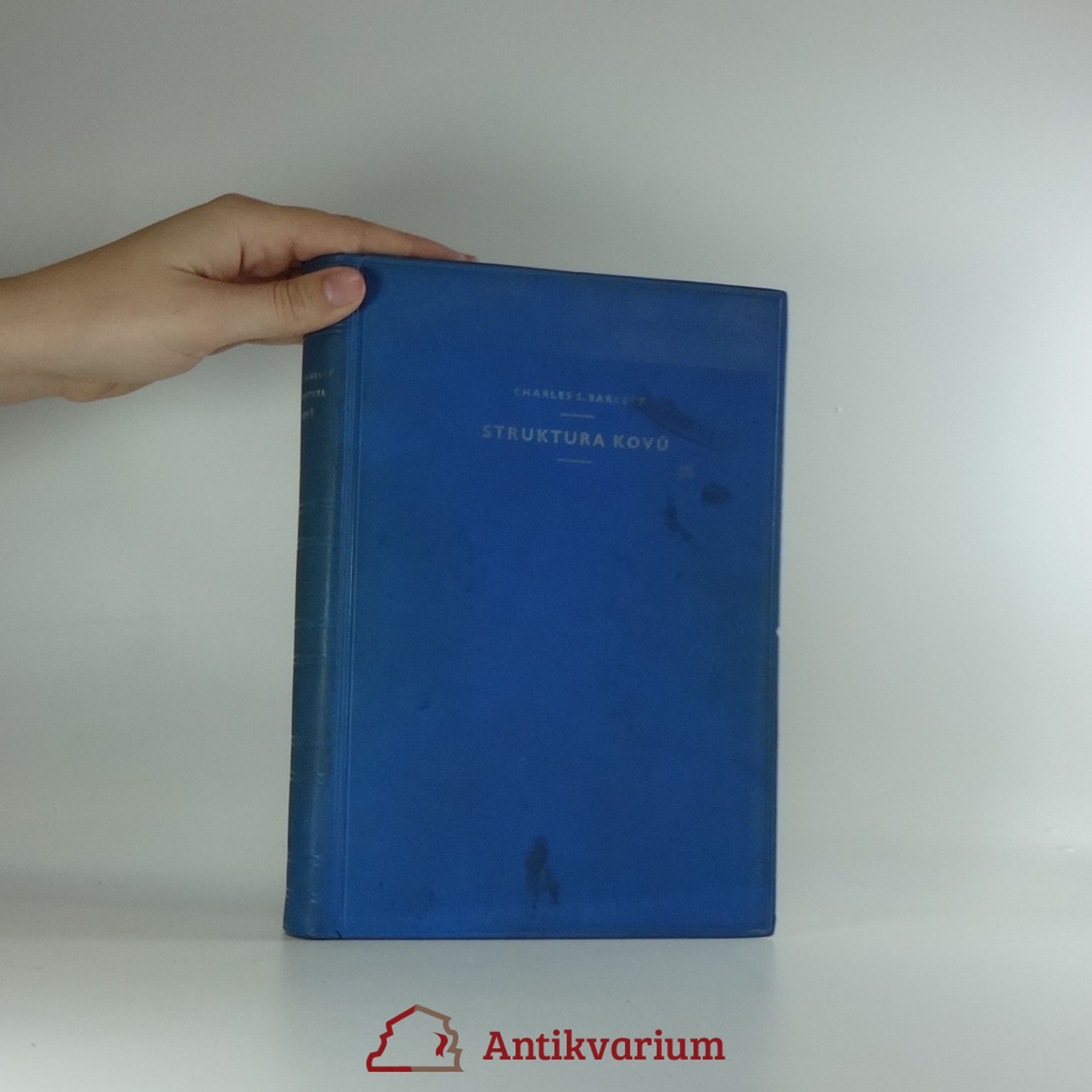Charles S. Barrett Books
Charles Barrett was a pioneering figure in X-ray metallurgy, revolutionizing the characterization of metals and alloys at the atomic level through X-ray diffractometry. He developed a significant topographic method for metal evaluation, now recognized as the Berg-Barrett Method, and authored a seminal text on X-ray diffraction and metallography. His foundational work began in the U.S. Naval Research Laboratory, and his expertise later informed institutions worldwide.
